Command Palette
Search for a command to run...
Sakana AI, founded by Llion Jones, one of the authors of the Transformer paper, has launched the world's first "AI scientist," capable of autonomously proposing research questions, designing experiments, and writing papers, causing a stir in the global scientific community.
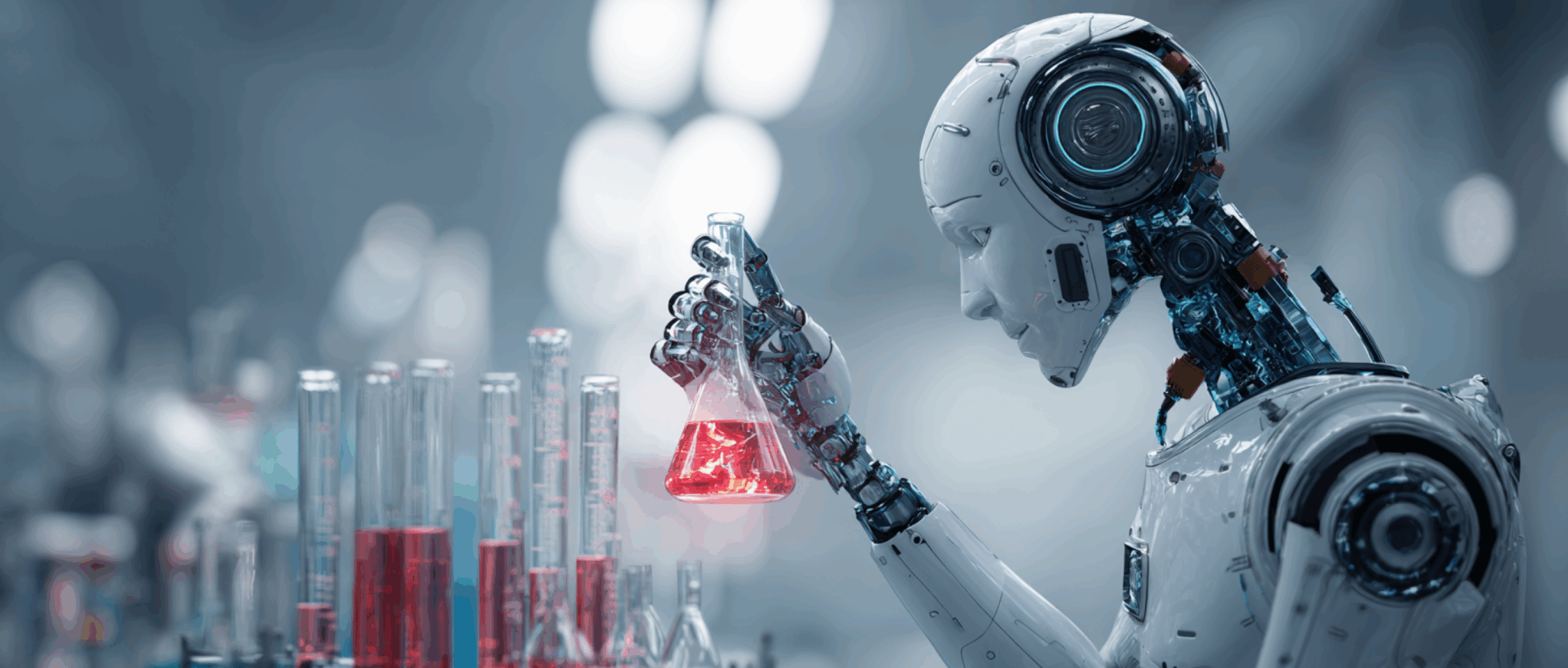
Startup Lila Sciences announced the completion of a new funding round, raising $350 million in its Series A funding and bringing its total funding to $550 million. This injection of funds officially makes it a unicorn.
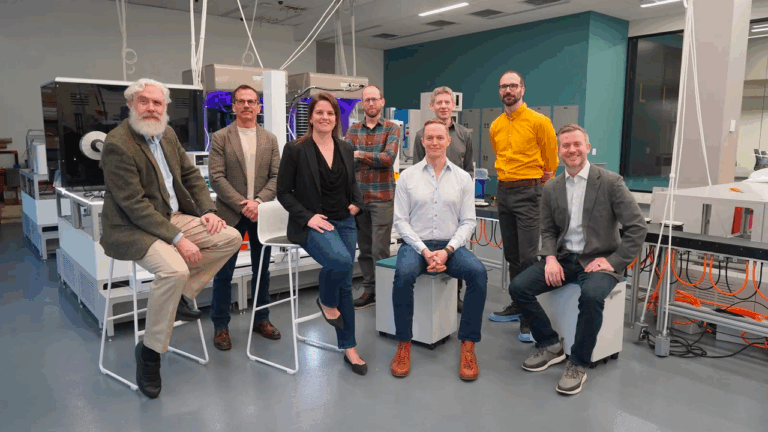
A team from MIT, the University of Wisconsin-Madison, and others has proposed a method called AutoSciDACT, which can be used to automate the detection of "new discoveries" in scientific data, thereby simplifying scientific inquiry.
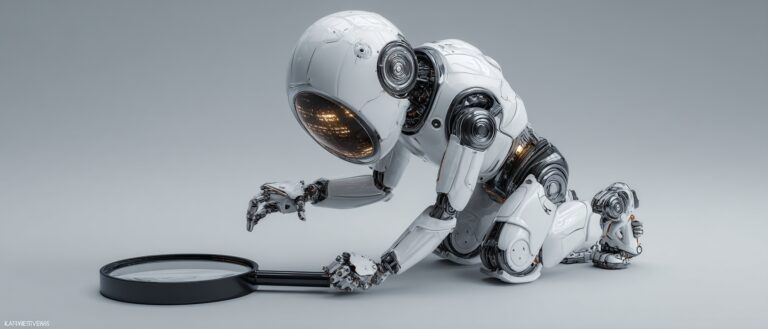
In 2025, open-source pioneer Stability AI launched its enterprise-grade product, "Stability AI Solutions," marking its transition from open-source idealism to commercial reality.
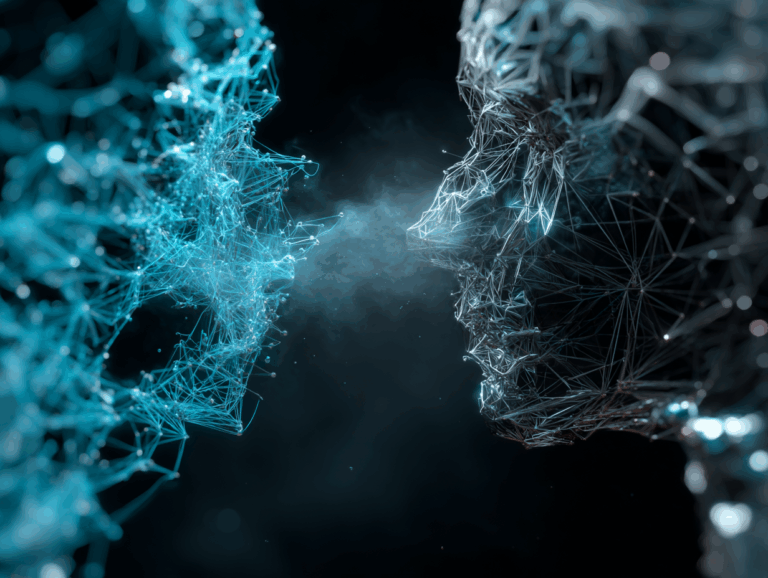
"DeepSeek-OCR: Visual Compression Replaces Traditional Character Recognition" is now available on the "Tutorials" section of the HyperAI website (hyper.ai). Deploy and experience it with one click!
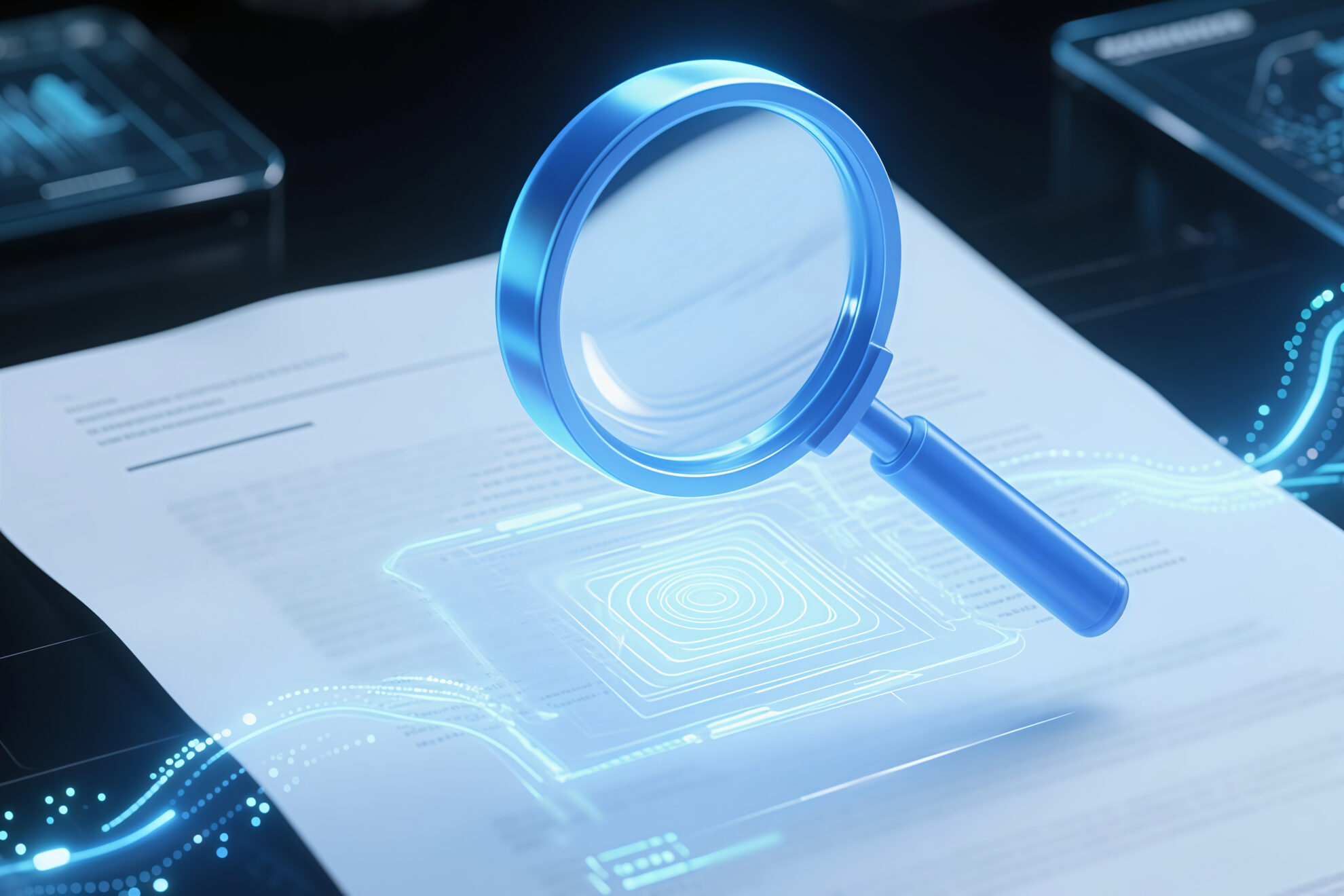
HyperAI has compiled a series of highly valuable and widely applicable tutorials and datasets from November 3rd to 7th, covering multiple fields such as real-time object detection, biomedicine, geosciences, and OCR.

A joint research team from Columbia University and Stanford University developed the Squidiff computational framework, which can predict transcriptomic responses in different cell types under differentiation induction, gene perturbation, and drug treatment.
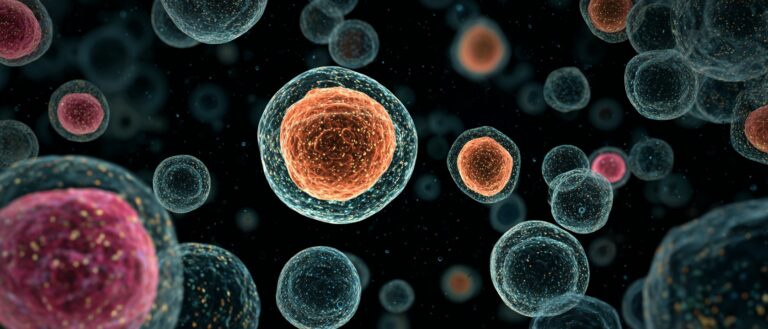
A research team led by Professor David Baker from the University of Washington has developed PLACER, a graph neural network that can accurately generate the structures of various small organic molecules based on their atomic composition and bonding information.
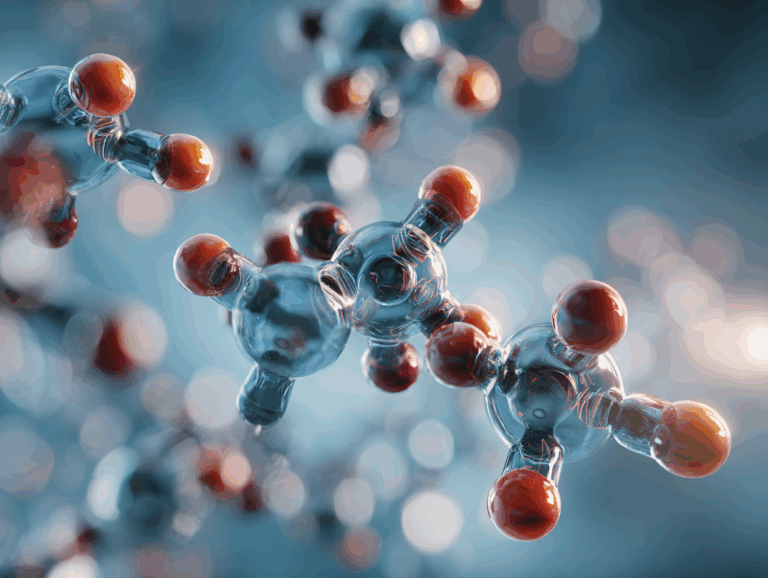
Founded by three college dropouts who were only 22 years old, Mercor raised $350 million in Series C funding in less than three years. The company uses an AI-powered recruitment model to reduce the efficiency of traditional recruitment to the second level.
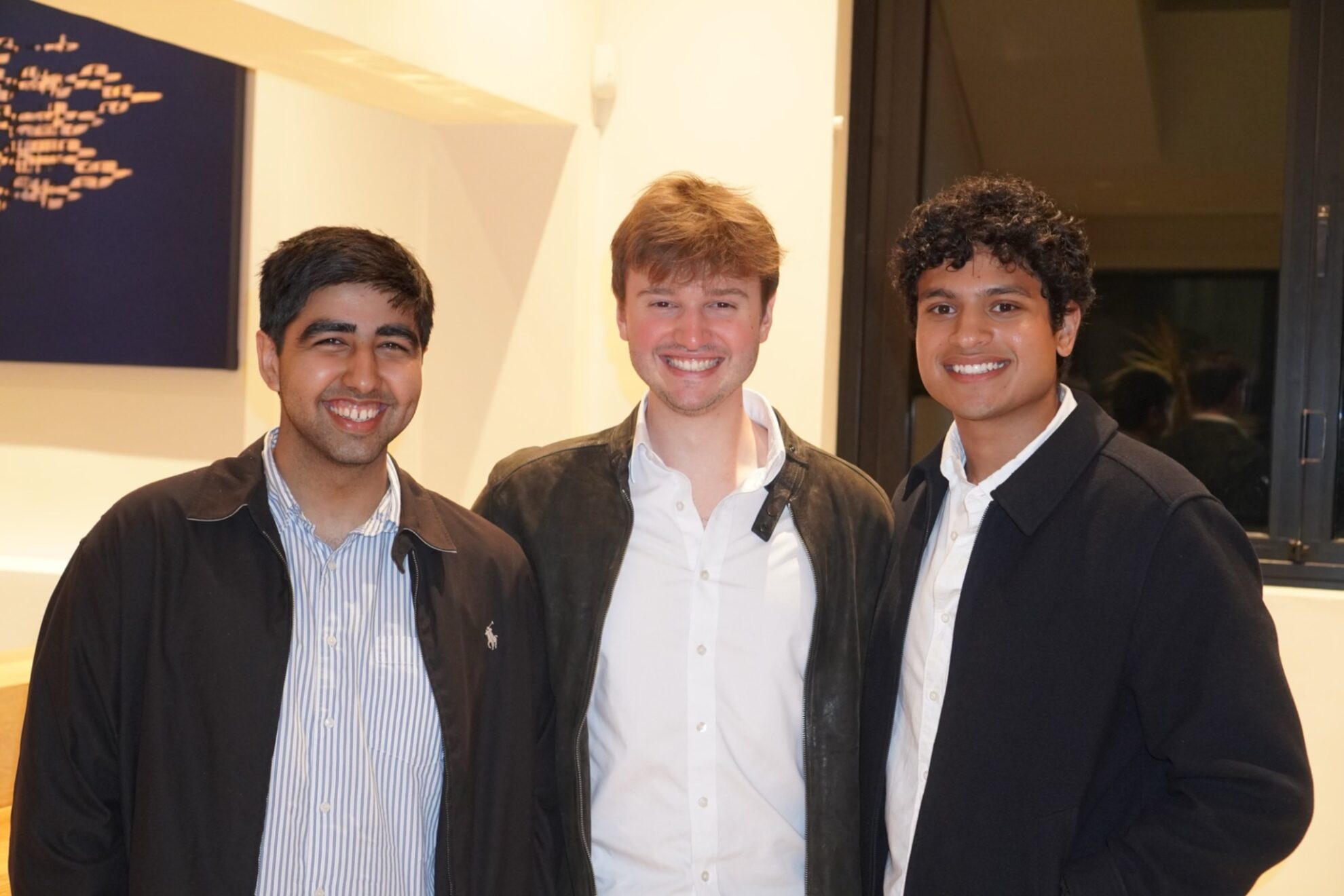
A joint team from ETH Zurich and other institutions proposed a deep learning framework called NOBLE, which is the first large-scale deep learning framework whose performance has been validated using experimental data from the human cerebral cortex.
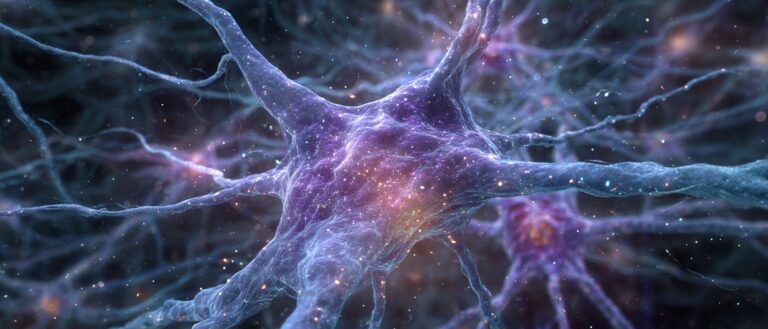
Liam Fedus, former vice president of OpenAI, is leading a team of over 20 elite scientists to dedicate themselves to "AI for Science".

The University of California has developed OmniCast, which can significantly alleviate the error accumulation problem of autoregressive methods, while also being able to learn weather dynamics beyond the initial conditions.

At 12:00 PM Eastern Time on October 28, NVIDIA's GTC conference was held for the first time in Washington, D.C., the political center of the United States. CEO Jensen Huang delivered a keynote speech at the conference, covering multiple fields such as telecommunications, quantum computing, AI factories, enterprise computing, and robotics, and discussed a new blueprint for leading in the fields of artificial intelligence infrastructure and innovation.

A research team from the IMDEA Materials Research Institute in Spain has launched the Reac-Discovery semi-autonomous digital platform, which provides innovative solutions for advanced catalytic reactors based on periodic open pore structures.

HyperAI has compiled a series of valuable and widely used tutorials and datasets for everyone from October 20th to 24th, covering a variety of fields such as biomedicine, HPC, mathematical reasoning, and text information extraction.

MIT has collaborated with several institutions to launch BoltzGen, which replaces traditional discrete residue labels with geometric continuous representations to achieve joint training of protein folding and binder design.

Multiple teams at Google jointly proposed "Earth AI", which uses the Gemini-driven reasoning agent to achieve deep multi-model collaboration and multi-step joint reasoning, pushing Earth system research towards actionable global insights.

"HuMo-1.7B: A Multimodal Video Generation Framework" is now available in the "Tutorials" section of HyperAI's official website (hyper.ai). When you provide more information, can the model produce a video that satisfies you?

The MIT research team proposed SpectroGen, which can achieve cross-modal spectrum generation with a correlation of 99% with experimental results with only a single spectral modality input.
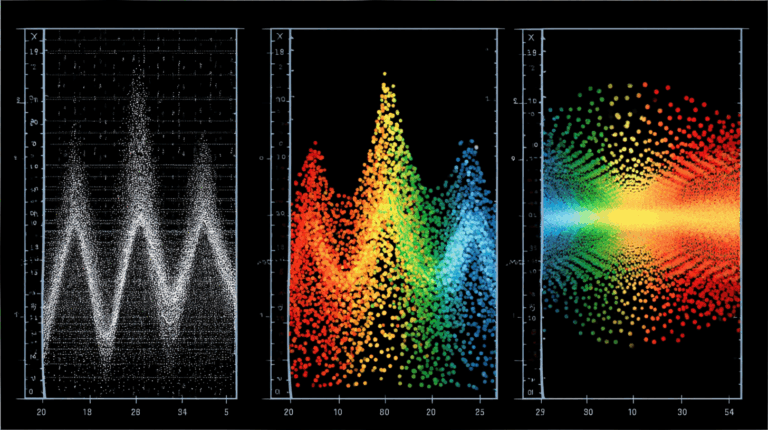
From winning the Chemistry Prize and Physics Prize in 2024 with AI technology to the quantum scientific research breakthrough that won the Physics Prize this time, more than a decade of ambitious layout and scientific research strategy have jointly nurtured Google's strong scientific research capabilities.
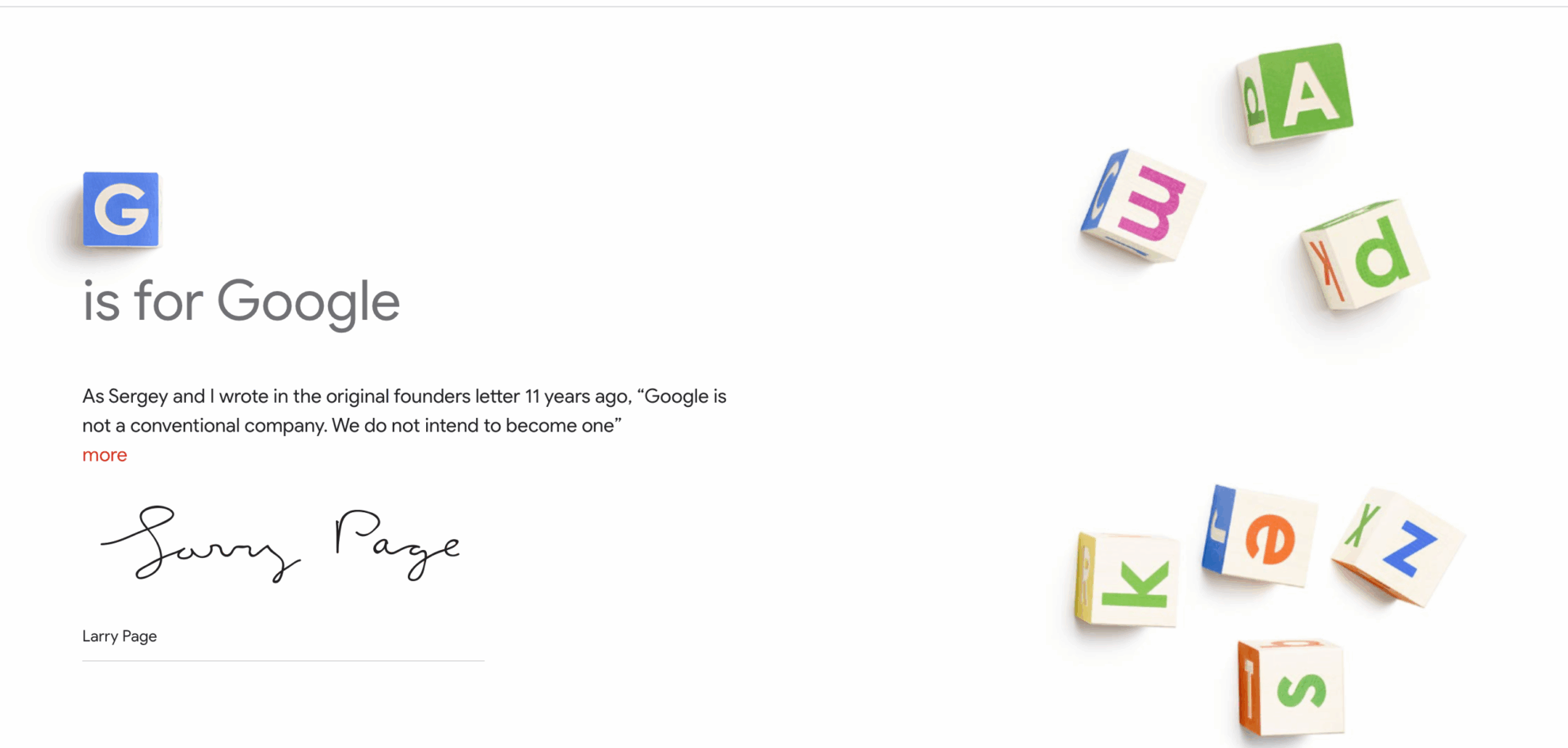
HyperAI has compiled a collection of popular mathematical reasoning datasets covering various fields. Download them with one click, and come and experience them!
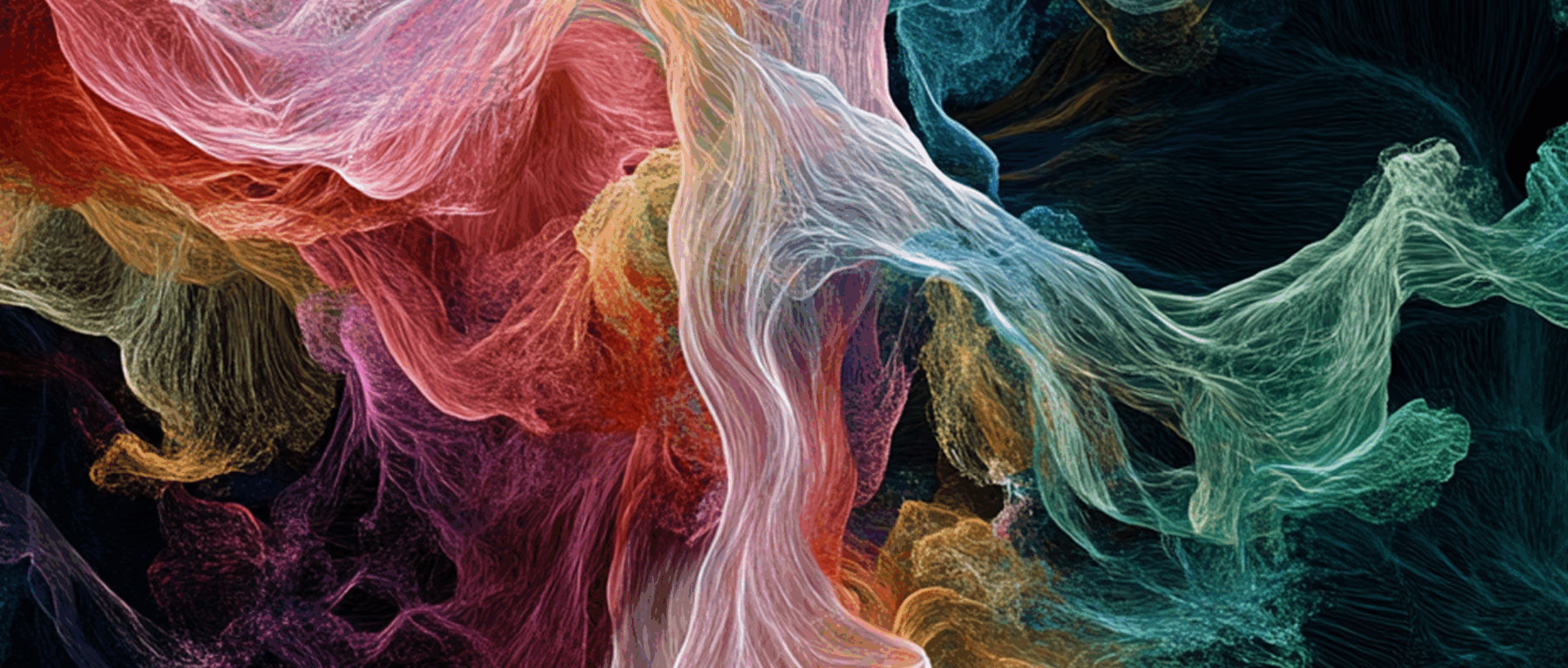
"BindCraft: Protein Binder Design" is now available in the "Tutorials" section of the HyperAI official website. Start with a single click to generate target protein binder designs. Come and try this powerful feature!

HyperAI has compiled a series of valuable and widely used tutorials and datasets from October 13th to 17th, covering fields such as biomedicine, video generation, language understanding, and text recognition.

Based on the Elucidated Diffusion Model (EDM) framework, a research team from NVIDIA and the University of California, San Diego, built an Enhanced Sequential Diffusion Model (ERDM) to meet the needs of sequence modeling.

On October 8, Susumu Kitagawa, Richard Robson, and Omar Yaghi were awarded the Nobel Prize in Chemistry for their contributions to metal-organic frameworks. The field of metal-organic frameworks has completed its evolution from structural design to industrialization.
